As all pit bull lovers know, these handsome puppers come in a rainbow of colors and patterns, from the beautiful blue to the striking brindle. But there’s one look creeping up more and more that has people talking, both positively and negatively.
That’s right: We’re talking merle pit bulls.
We know the controversy is fierce, but since there’s a lot of chatter about them, we wanted to bring you the scoop.
Below, we’ll discuss what merle pit bulls are and break down what all the fuss is about.
Key Takeaways: What’s the Deal with Merle Pit Bulls?
- Merle pit bulls are simply pit bulls who display the merle color mutation. The merle color pattern varies greatly, but it typically causes dogs to have patches and swirls of both full and diluted colors.
- Unfortunately, the merle gene can also cause other changes in a dog’s appearance and health. Sometimes, the gene also affects things like skin coloration or eye color, but it can also cause problems with a dog’s eyesight and hearing.
- Technically, according to the UKC breed standard, pit bulls should not display merle coats. However, there are still plenty of these oddly colored cuties available for people who fancy this coat pattern.
What Is a Merle Pit Bull?
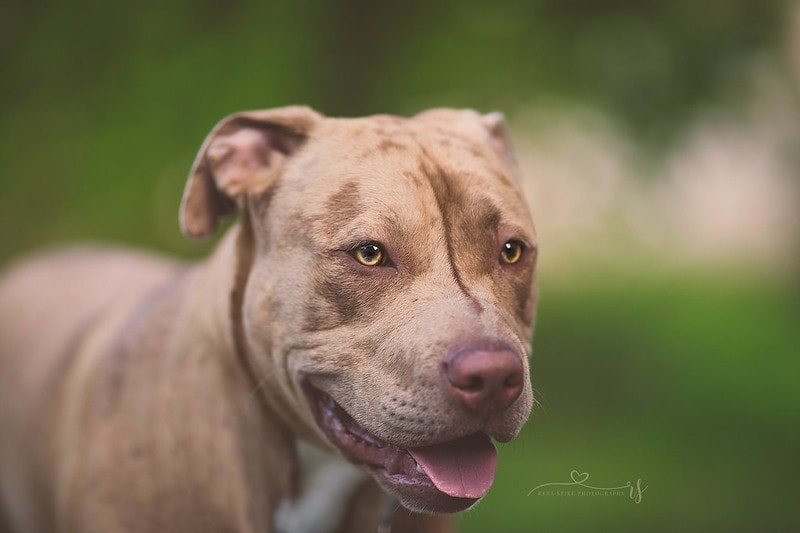
A merle pit bull is exactly what the name describes: A pit bull in the merle coat pattern. There’s no special advantage or perk that comes with the color, other than the merle’s famously eye-catching look.
For those unfamiliar with dog coat patterns, merle fur coats often display a patchy appearance with various sections of diluted and fully pigmented colors, usually consisting of shades of black or red dotted or swirled over blue and white.
Also known as dapple, merle is most commonly seen in Australian shepherds, Shelties, and Catahoula leopard dogs, but there are many other merle dog breeds out there to explore if the pattern tickles your fancy.
Though beautiful, merle is a bit of a controversial pattern due to the gene that causes the coat pattern. In addition to altering a dog’s color, the merle gene can affect everything from the coloring of your dog’s skin to his hearing and eyesight. Crazy, right?
Worse, your dog can be a carrier of the merle gene without the wild coat pattern (known as the “cryptic merle” phenomenon).
Why’s this a bad thing? Because two dogs with the merle gene should never be bred together to avoid serious complications. These “double merle” offspring are at risk of being born deaf or with serious eye issues.
Because of these hidden or so-called “phantom” or “cryptic” merles, genetic testing before breeding is a must to avoid problems.
How Can You Tell a Merle Pit Bull from a Brindle?
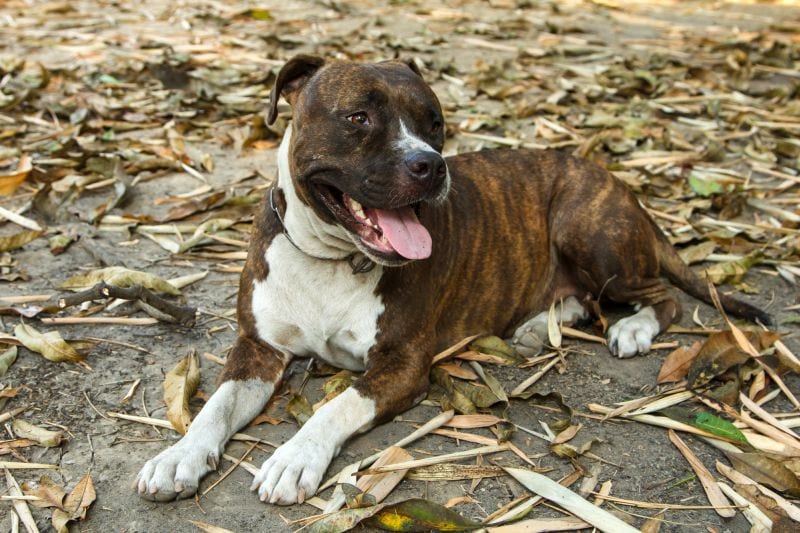
Telling a merle pit bull apart from a brindle pittie is relatively easy since they’re vastly different coat patterns. Dogs with brindle patterns look kinda like tigers, with a brown base and black striping, while merles feature an overall splotchy look.
Both patterns occur in pit bulls, though brindle pit bulls are far more common.
Eye color is another tell here, with blue eyes or bi-color eyes sometimes seen in merles. This trait isn’t typically seen in brindles.
Is Merle a Natural Coat Color for Pit Bulls?
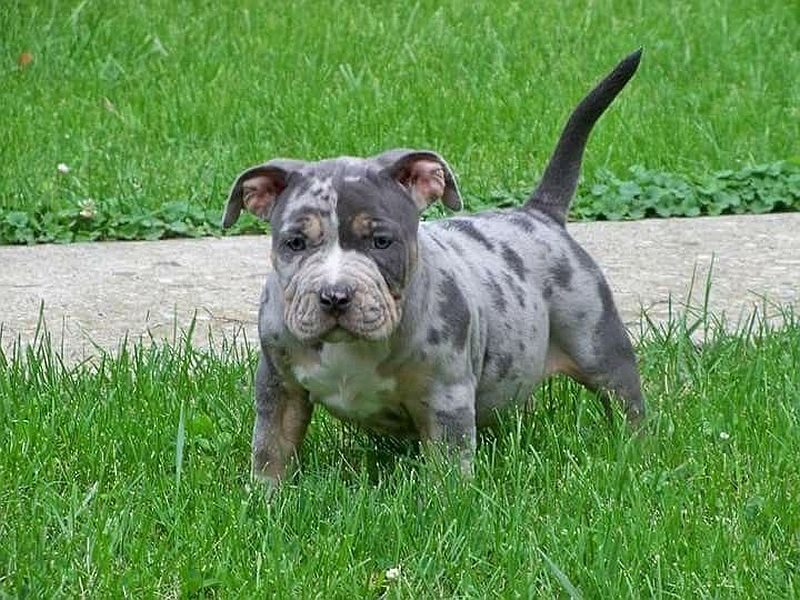
Now, we think all doggos are handsome and deserve belly rubs, but with the rise in merle pit bulls, many people are wondering what the official word is about them from show ring circles and if they can be entered in the breed registry.
With merle pit bulls, this is a gray area. Why? Because some people confuse the American pit bull terrier with other bully breeds.
Per the UKC breed standard for the American pit bull terrier, merle is prohibited along with albinism. Other than that, all colors, coat patterns, and color combinations are allowed. The similar American bully is also forbidden in the merle pattern, per the UKC breed standard.
Now, the American pit bull terrier isn’t recognized by the AKC, but their cousin, the American Staffordshire terrier, is. Unhelpfully, “pitbull terrier” is listed as another name for these in the breed overview.
The American Staffordshire terrier is permitted in all colors and patterns, per the AKC standard, including parti or patched. Dogs that are more than 80 percent white, black and tan, or liver are seen as less than ideal in the official standard.
Long story short: Officially, merle is a banned color in American pit bull terriers and isn’t naturally occurring, but similar bully breeds may have the pattern and still be registered.
Does Merle Color Cause Health Problems?
Dogs who have only a single copy of the merle gene rarely suffer from deafness and blindness, but the double merles (those with two copies of the gene) are at a greater risk of deafness, total blindness, and other eye issues due to a lack of skin pigment.
This lack of skin pigment can also put them at a high risk of skin cancer or sun burns.
If your merle puppy’s parents weren’t genetically tested before breeding, it’s cause for concern. Not because we think deaf or blind dogs aren’t awesome, but because eye and skin issues can be painful for your pooch and expensive for you to treat in the long run.
Is It OK to Buy a Merle Pit Bull?
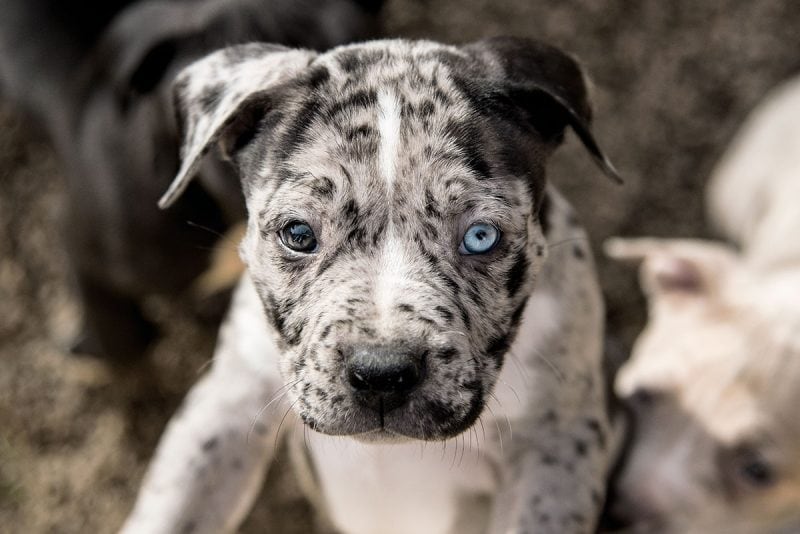
It’s up to you to decide how you’d like to spend your money. Buying or adopting a dog is a huge decision, and you should make it with you and your future pup’s best interests in mind.
If you want a merle pit bull and have found a breeder who has run genetic testing to ensure he won’t suffer health problems, then go for it.
However, if you want to register your American pit bull terrier with a breed registry later on, we’d keep looking since merle is a UKC disqualifier. The choice is yours to make.
The merle gene in pit bulls doesn’t seem to have any worse adverse effects than in other merle breeds, like Australian shepherds or collies. The problems come from breeders knowingly ignoring the standard, which leaves the door open for other things to possibly be ignored, too, and perhaps not in the best interest of the animal.
How Much Are Merle Pit Bulls? Are They Expensive?
Here’s the thing, when someone is selling a dog as “rare” or “unique” as the merle pit bull, they’re most likely going to stick a hefty price tag on each puppy. Often, these price tags will be twice as high as other puppies, sometimes stretching well beyond $1000.
Unfortunately, buying an expensive dog doesn’t guarantee that you’ll get a puppy of sound physical and mental health. This is further complicated because the puppies aren’t registered, since merle pit bulls are forbidden by the UKC breed standard.
You absolutely want to make sure a merle puppy’s parents were genetically tested before breeding to avoid the double-merle we mentioned earlier, and look into other testing performed, such as orthopedic, cardiac, and hearing.
Ethical breeders test all dogs before breeding to ensure they’re producing quality puppies that strengthen the breed’s bloodline — not just look cool.
***
Do you have a merle pit bull at home? What do you think about the coat pattern? Let us know in the comments.
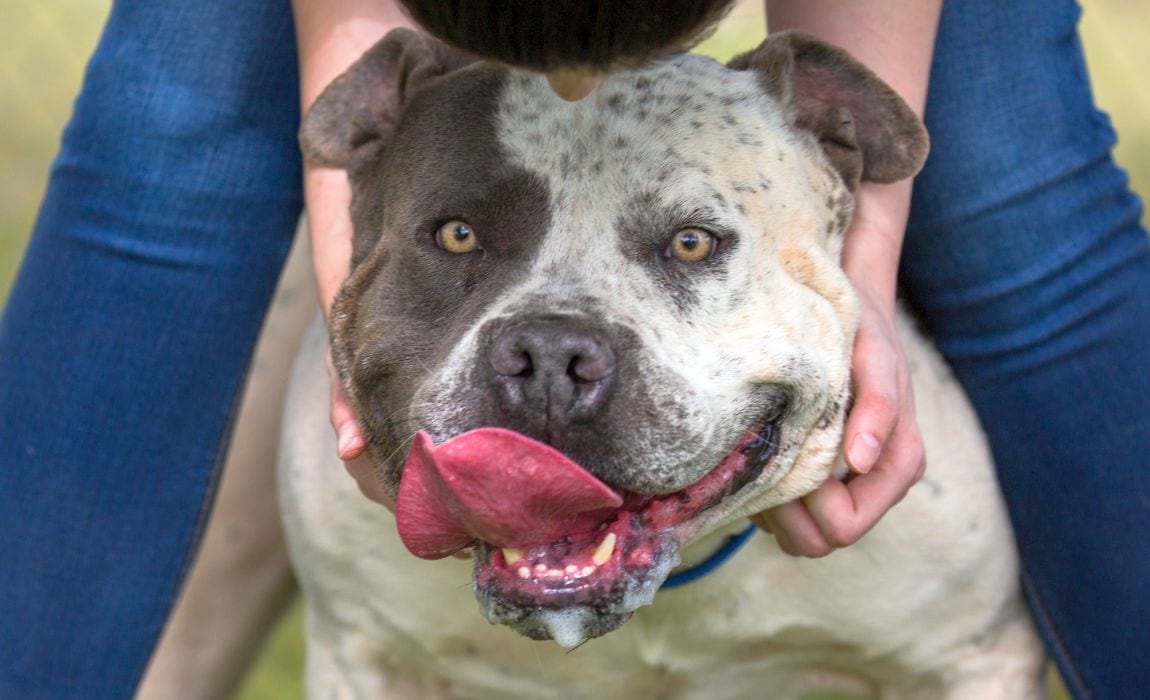





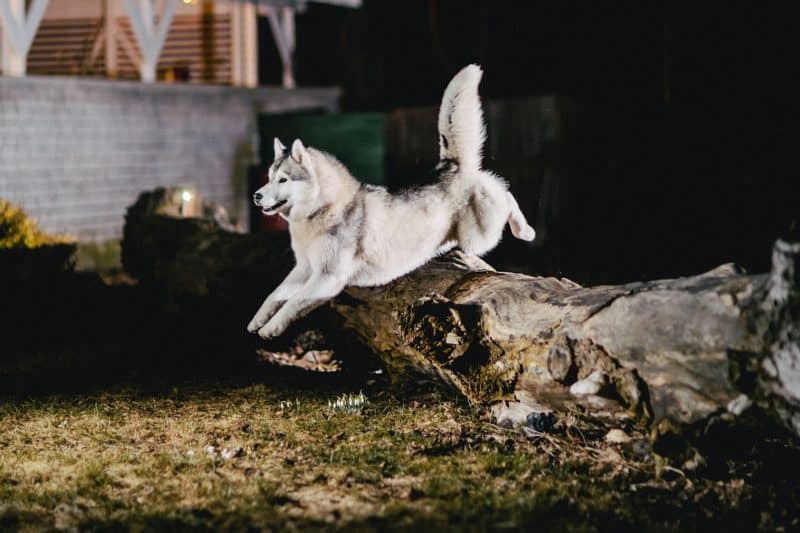

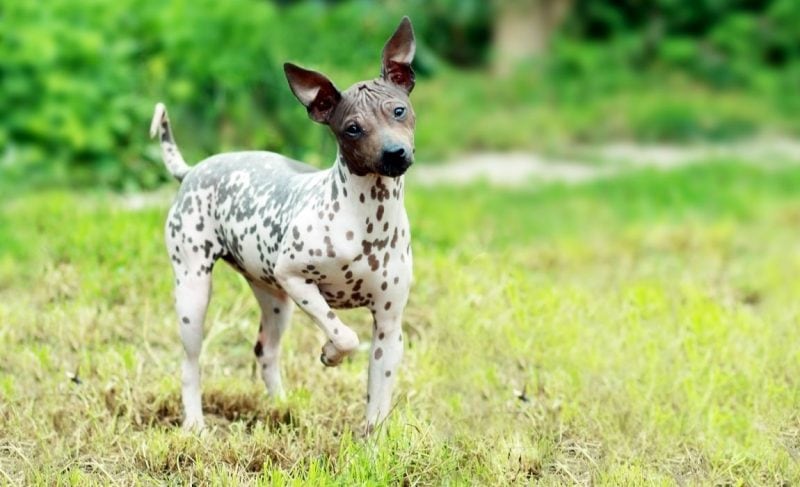
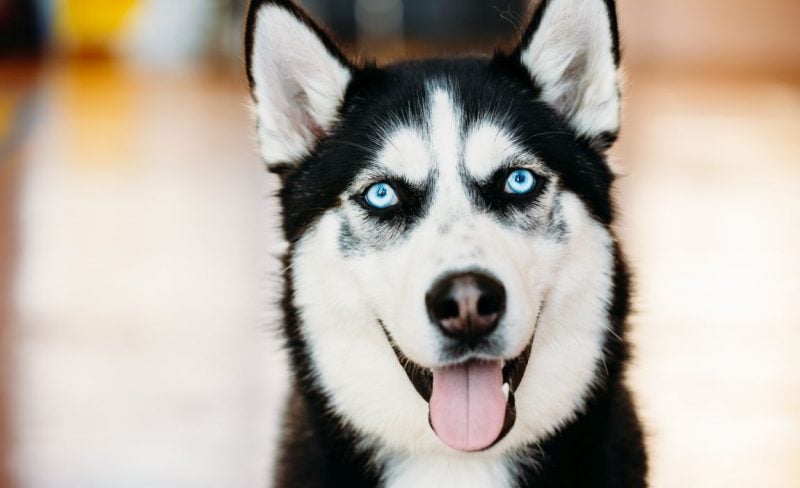
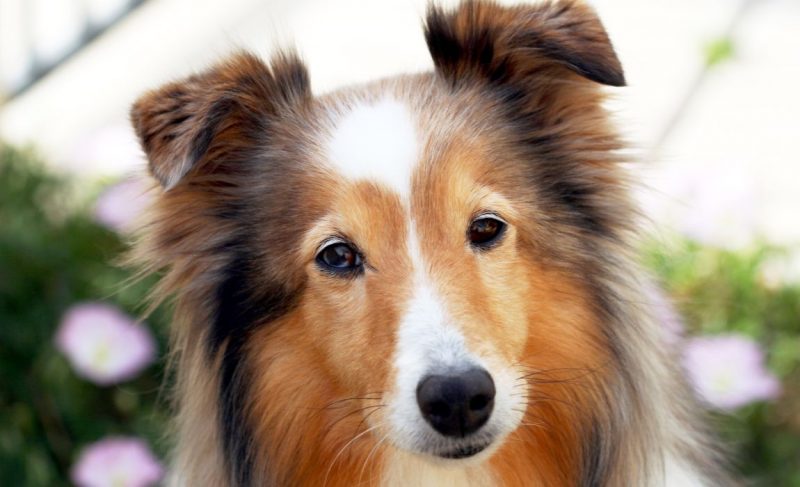


Leave a Comment